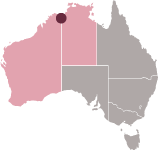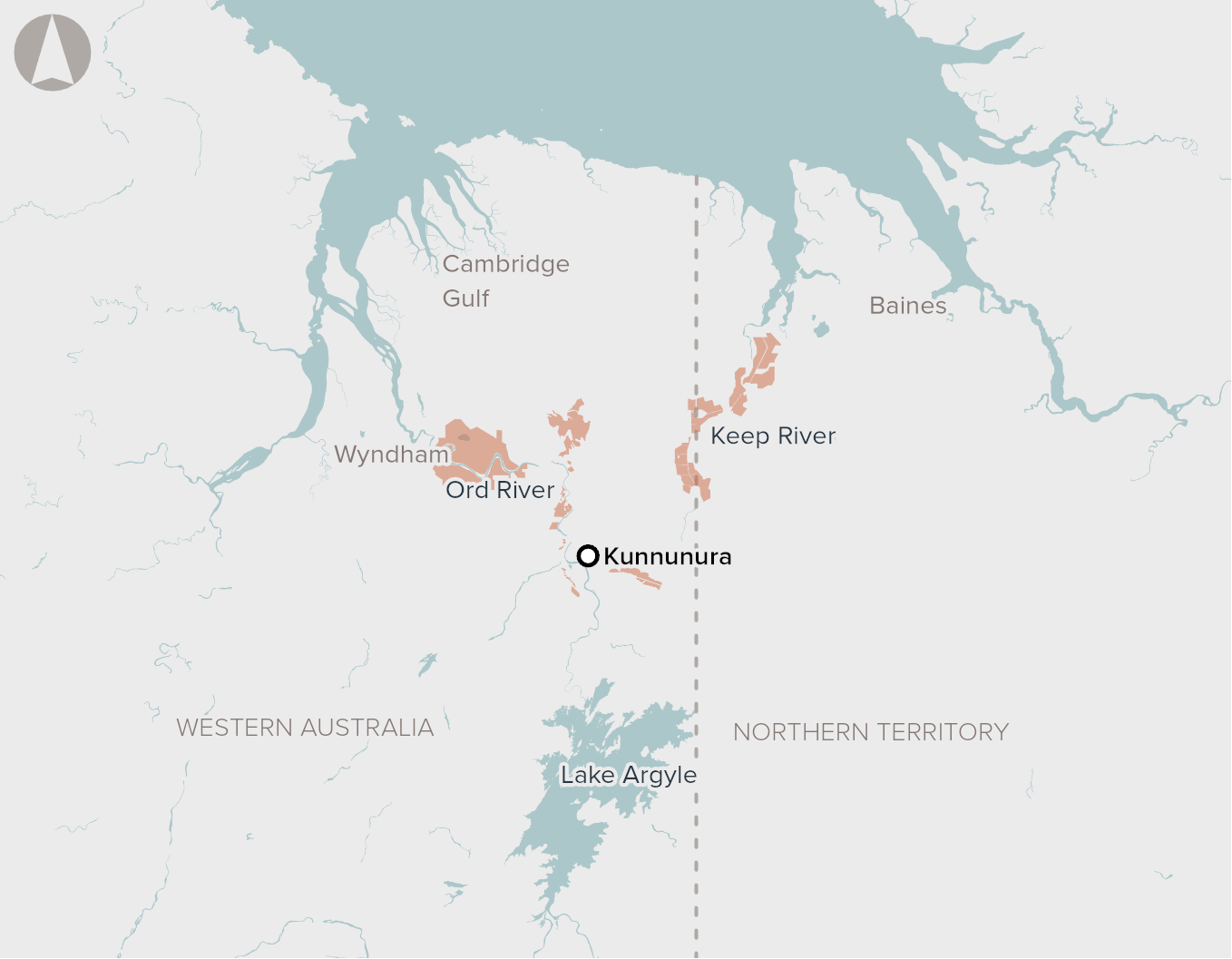Ord-East Kimberley irrigation expansion


There is an opportunity to upgrade and extend irrigation channels to expand irrigated cotton and other crops in the Ord River Irrigation Area. The Western Australian Government predicts that 5,600 hectares (ha) of land could be developed in the next five years, with a further 10,000 hectares in the subsequent decade to irrigate cotton in Western Australia. To capture the full extent of the opportunity, an additional 14,000 ha in the Keep River Plains within Northern Territory has also been identified to potentially irrigate cotton or horticulture (for example, mango, citrus, banana, rockmelon and pumpkin). A minimum of 15,000 ha of new cotton is considered necessary to support the financial viability of a new cotton gin in the region.
Strategic Fit
The proposal is supported by the WA and NT Governments and aligns with a number of state and national government strategic objectives.
Societal Impact
Realising the opportunity will make a positive contribution to the regional economy and provide employment and income opportunities, including for local First Nations communities.
Deliverability
The proposed infrastructure solutions (supplementing and upgrading water supply channels) may realise the opportunity, however, there are a range of significant risks to delivering a viable project. These include realising water demand, risks associated with climate change, securing co-investment in the cotton gin, offsetting environmental impacts, and native title agreements. It will also be necessary to establish water sharing and infrastructure cost allocation agreements between WA and the NT.
Access to labour, market conditions for infrastructure development in regional areas and pest mitigation issues are other factors that while resolvable, also present as potential barriers for the opportunity to be realised.
Proponent to identify and analyse potential investment options (Stage 2 of Infrastructure Australia’s Assessment Framework).
Non-infrastructure solutions, including demand management, can and should complement the proposed infrastructure solutions. However, non-infrastructure solutions alone will not enable the opportunity to be realised.
In progressing the proposal, the proponent will need to provide evidence of demand for additional water and demonstrate that a value for money solution can be delivered which addresses the delivery risks identified.
Refer to Infrastructure Glossary for terms and definitions.